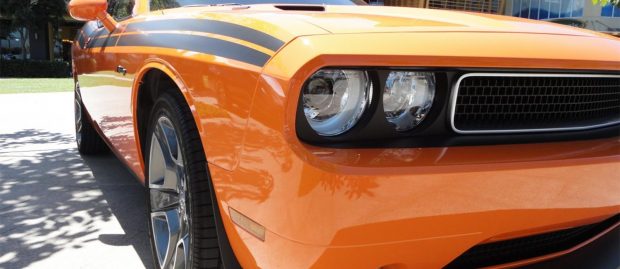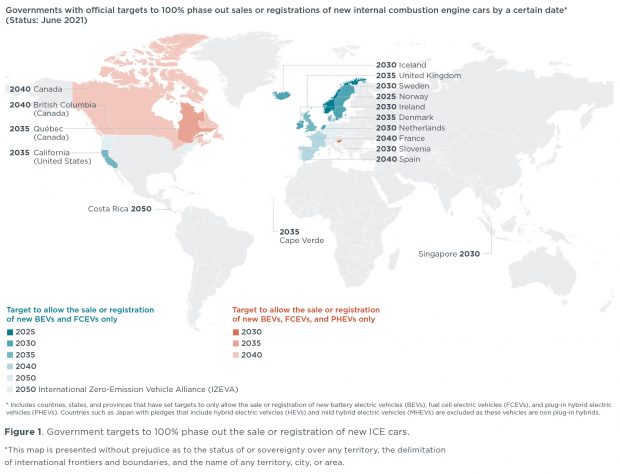
By Dave Ashton
The recent announcement that Dodge will cease production of the ICE Challenger and Charger by 2024 has caused a polarizing effect in the muscle car community. Those who vehemently oppose the idea, and those who have resigned themselves to the future landscape. I say resigned, as EV vehicles are coming if we like it or not.
Dodge will still produce all variations of the Challenger and Charger up to 2024. After that point, the offerings from Dodge will be full-fat EV’s and possibly hybrids.
However, like any seismic change in the muscle car industry, it’s worth looking back in history to see how big changes have been accepted or not in the past.
Brutes to Compacts and Back Again
The Dodge Charger has been one of the world’s standout muscle cars since its release in 1966. No replacement for displacement was the mindset, with a base engine of a 318cu.(5.2 L) V8 going up to a 426cu.(7L) Hemi V8. With fuel costs so low in the US at the time, especially compared to Europe, the times felt plentiful.
By 1971, increased insurance costs, new emissions, and safety regulations started to put a dampener on all the fun. This meant by 1975 the Dodge Charger had turned into a personal luxury car, with ever smaller engine capacities. Then there was a break in production between 1978 to 1982. By 1987 the Dodge Charger was cut from the inventory, only to re-emerge in 2006.
Summing up, the Dodge Charger had gone from 1967 to 1987 transitioning from a roadgoing brute to a limp 142hp compact to fit the times. It was only in 2006 that the original template was reimagined with a 6.1 L Hemi engine and what we think of as a modern muscle car.
Obviously, ICE powertrains were the heart of all the cars above. But I can’t help but wonder if EV’s had been introduced in the mid-1980s, when muscle car production was at its lowest and had the least interest. Would we have cared as much back then and would we have adapted?
In some ways, the landscape is the same now as it was in the early 1970s. Legislation is forcing a major change, with carmakers having to adapt or possibly be left in the dust.
The difference between muscle cars in 1987 and 2021 is today’s version’s have never been better or more potent. When your favorite car is going from strength to strength, it seems counterintuitive to stop production a few years. In 1987 when the Dodge Charger ceased production for years to come, the model fizzled out.
A Polarized Fan Base
If you think of any other car manufacturer, an EV model of their current inventory is not much of a big deal. However, muscle cars and V8’s are almost one of the same.
Think of something like an AMG Mercedes EV. We can accept that one. However, an electric Dodge Charger is more of a bitter pill to swallow. But, and it’s a big but, the whole muscle car future comes down to basically ‘adapt or die.’ Therefore, we have to adapt to the changes or everyone needs to buy a classic muscle car and keep it running forever.
One worrying statement from a Motor Trend interview with Dodge Brand CEO Tim Kuniskis, states ‘..a split consumer base: those who will embrace electrification and those vehemently opposed to the idea and have sent Kuniskis death threats.’ If this statement is literal, then I understand the passion of muscle car fans, but really, death threats, that’s a step too far.
A stepping into other people’s shoes scenario is worthy at this point. If we were in the position of Dodge Brand CEO Tim Kuniskis, now taking directions from Stellantis, the future of the brand and models are key. They have to stay ahead of the pack and now that means going electric, with all the implications. Its going to be a rough few years, but let’s see what Dodge produces in 2024, then judge.
There’s Plenty of Time Left…
According to the ‘International Council on Clean Transportation‘ , targets for most countries to phase out internal combustion engines, the deadline is around 2035-2040. That gives us roughly 13+ years to buy a V8.

That’s the sale and registration of new ICE cars. That doesn’t necessarily mean the use or not of ICE vehicles after the above dates. We think ICE-powered cars will always be around, just with higher fuel costs and more stringent legislation and taxes.
What The Other Guys are Doing
Dodge is under the microscope at the moment as they have clearly drawn a line in the sand for 2024. But what about the other modern muscle car makers such as Ford and Chevy?
Ford has obviously crowbarred the Mustang name into the Ford Mustang Mach-E SUV. Chevy has a few small electrics like the Bolt EV and is going to turn the Silverado all-electric. Both companies haven’t made official announcements for the end of production of ICE cars. It seems like they are going the route of a more slow transition.
Even if it is a slow transition for both Chevrolet and Ford, they are both diving into the EV market as much as possible.
Ford has made a $500 million investment into Rivian Automotive, an EV start-up that has had the knock-on effect of increasing Ford Motor stocks according to the Motley fool. It’s not a stretch to think lots of investment money is going to be poured into the EV market in the coming years. Thus, compounding the move forward into electric.
Conclusion
Instead of thinking this is the end of the muscle car V8 story, the operative word should be ‘evolution.’
We don’t know what’s coming next, but it’s definitely electric-based. It’s almost a shame that nuclear-powered cars like the concept ‘1957 Ford Nucleon’ didn’t take off. A nuclear-powered Dodge Charger, now that would be cool…
VN:F [1.9.22_1171]
VN:F [1.9.22_1171]
Source link



